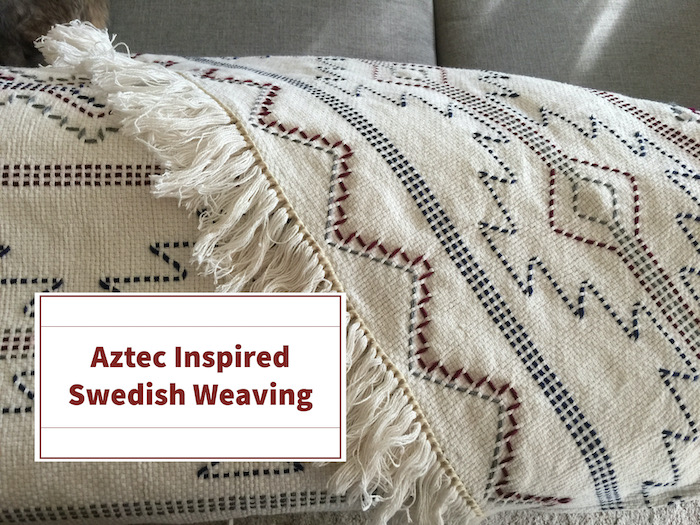
Over the years, I have dabbled in many crafting genres including crochet, knitting, cross-stitch, quilling, painting, sewing, etc. This year during the pandemic while organizing some of my supplies, I found a new hobby/craft – Swedish Weaving. For more information on the origin of Swedish Weaving, please visit this article “Huck weaving: An old tradition makes a comeback“.
I started this new hobby by duplicating a throw that I adored online and then I couldn’t stop myself from making more! I’ve made 3 additional throws for family members and posted their completion online. Check out my previous blog post “A Forgotten Weaving Technique, What the Huck?!?” One of my Facebook friends saw the posts and asked if I was selling them. I said, “I guess I could make you one.” So that is where my first commissioned Swedish Weaving project began. Since I was making it for the special individual, I gave them free rein to pick the color palette and suggest a type of pattern/design. Their response was Aztec theme. Well, I began my research on Pinterest to find any Swedish weaving that displayed an aztec theme. My search left me boggled because there was nothing that fit the idea. At this point, it slowed the process of the project because I had to design it myself. Since there was a customer, I was also worried that the end product wouldn’t meet their expectations. I pressed on, although crippled by my own mind.
I began more research into authentic Aztec design. Just one search on Google images brought up a myriad of colorful woven designs. The new challenge was… how do I create the design using the Swedish weaving technique without taking away too much of the Aztec style?
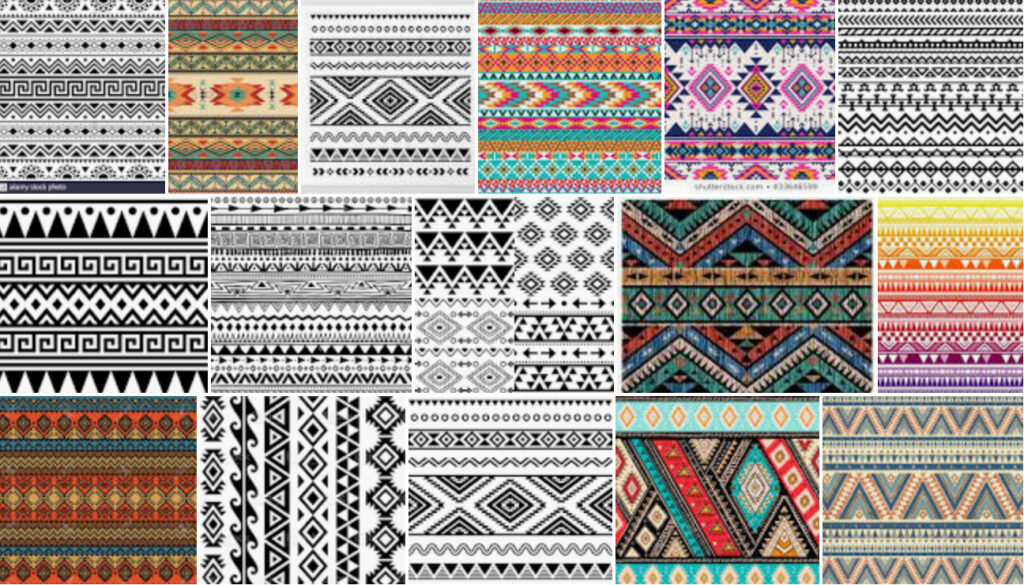
Swedish weaving is created by floating fibers on top of others by sewing through the fabric weave. It must be started in the center and worked across the fabric. The fibers are then anchored in the hem to keep them from unraveling. What I was noticing in the inspiration photos was that the Aztec designs were often isolated shapes that appear to float in an open background. Obviously, I had my work cut out for me.
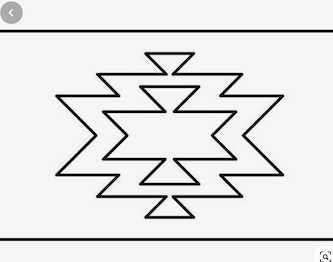
You can see that counting and balance are required in pattern development (I guess this is how I use Math in crafting, LOL).
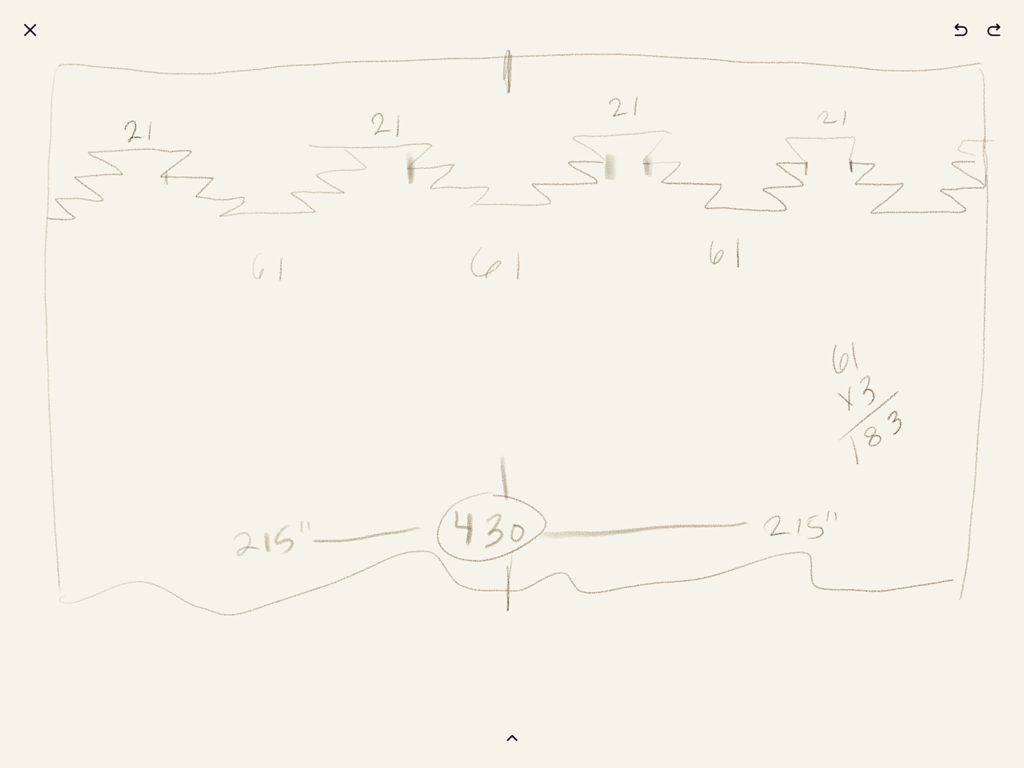
I created the pattern symmetrically originating at the center point of the fabric. Once the first design was placed horizontally, I began to build the pattern by mirroring subsequent designs on each half vertically. I used the first design as a repeat because I felt that it was my hallmark theme of the Aztec inspiration. We decided to use a fringe hem on the raw edges to keep with the rustic aesthetic.
As you can see the pattern development for this afghan consisted of working with three specific inspirations: a favorite coat that the client owns, their desired color palette and my own unsophisticated Aztec interpretation.
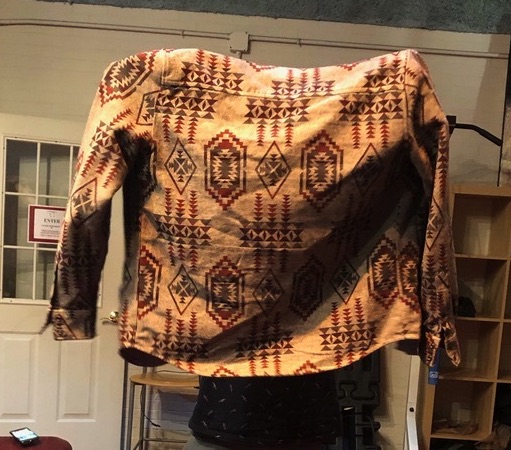
So here is the final design I created for my first customer, Micah Geyer. I think it turned out very well. It’s definitely a project that I am proud to have created exclusively.
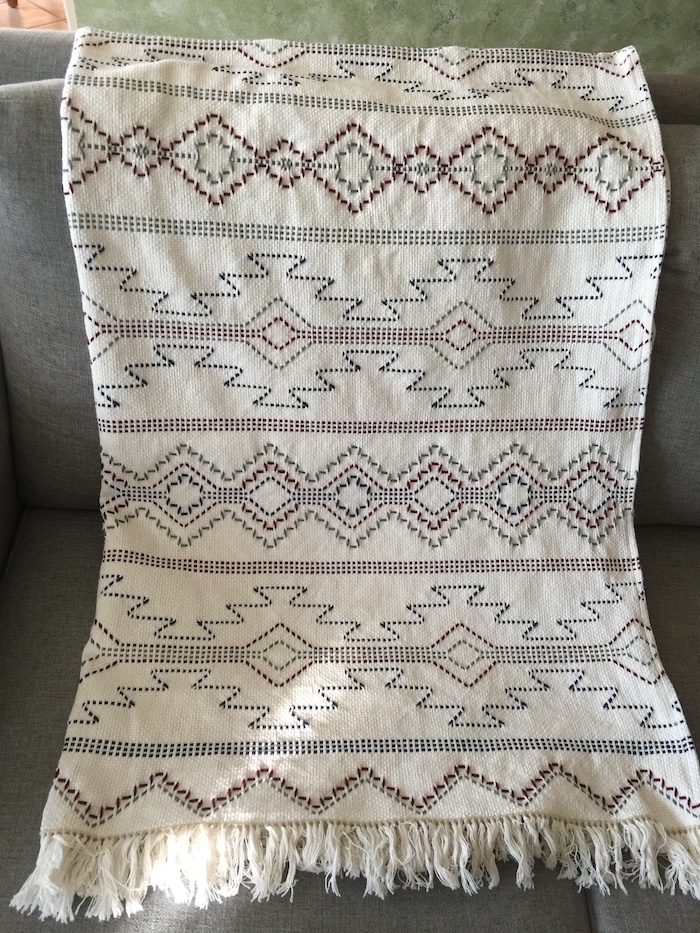
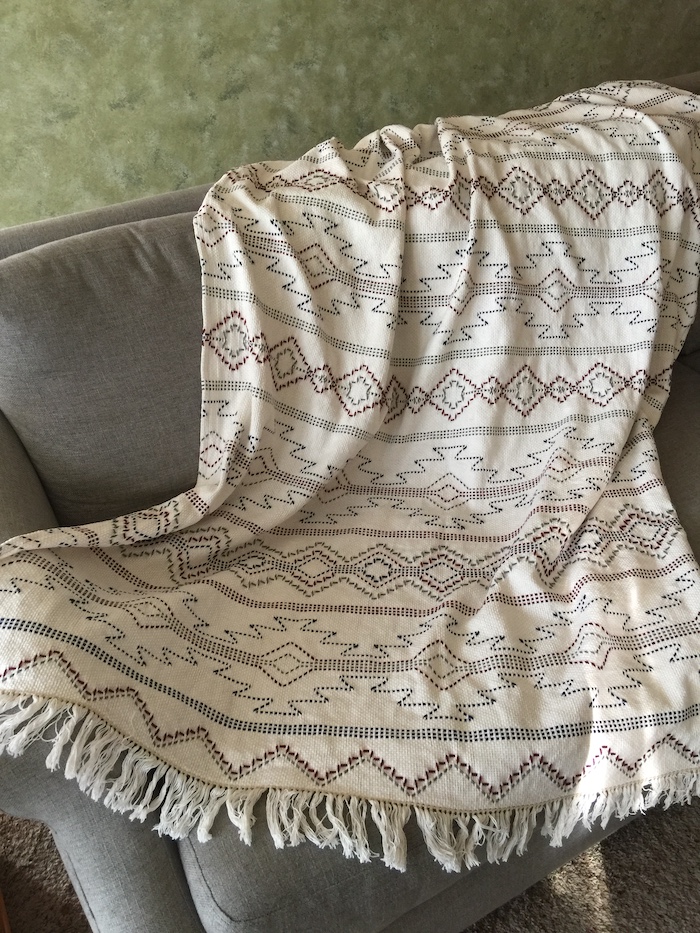
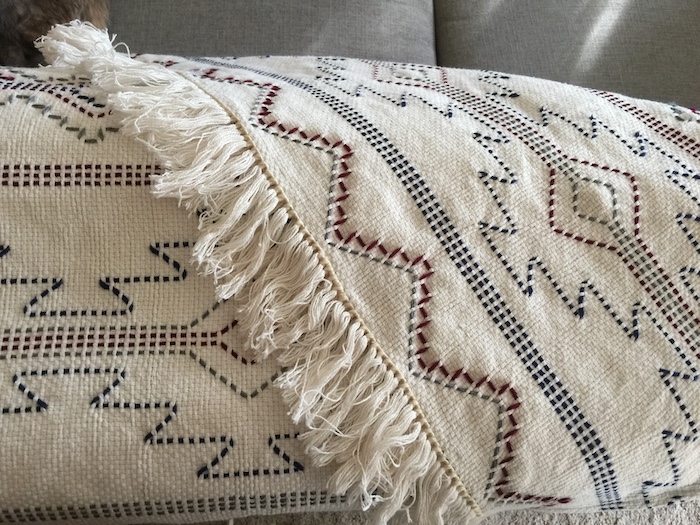

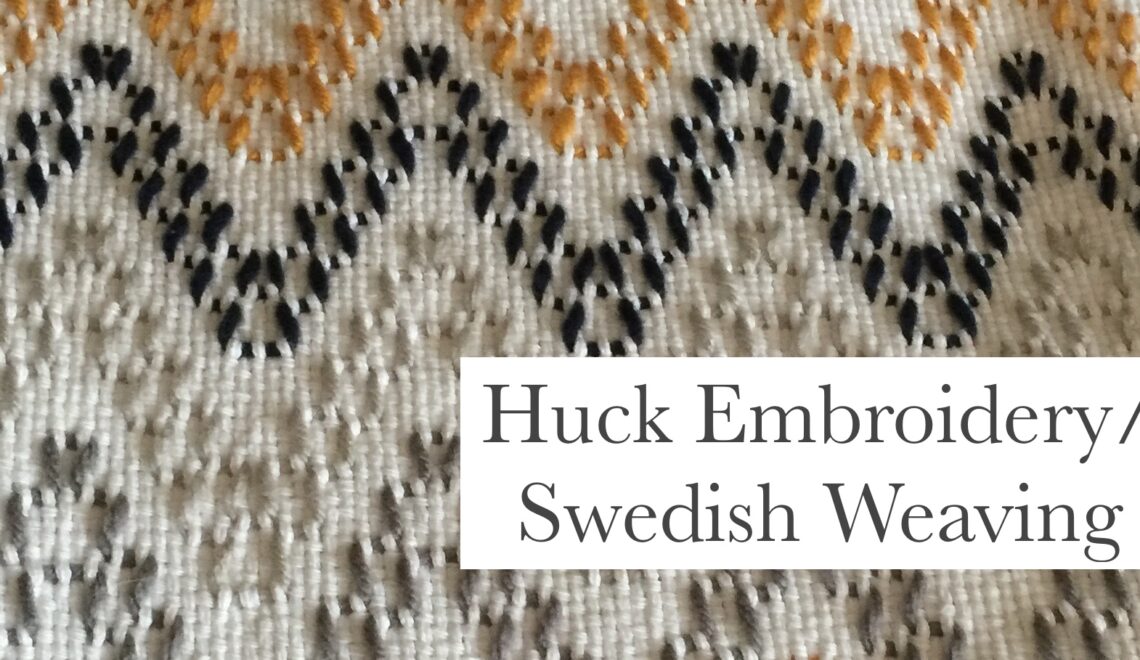








Wonderful blog and fantastic job!!!
Thank you
Jan
Where can you get the pattern?
Love the Aztec design…. Is pattern available?
Debby